We don’t get many reliable sanctuaries from the indignities and relentless pace of life.
Our homes come close when no one rings the doorbell and we can catch our breath before the next rent check or taxes are due. Relationships offer solace, but they can be capricious and unreliable, as evidenced by infidelity, divorce, and death. Even our children, who most of us love unconditionally, can move away (physically and sometimes emotionally).
Careers give us some financial security and a sense of purpose and/or achievement. But companies shut down, layoffs happen, and the pace of technological change leaves many scrambling to keep up.
Vacations offer a kind of refuge, but their therapeutic value is spoiled by their impermanence. Just when we feel ourselves finally slowing down, the trip is over and we reenter the rat race.
In general, there is a haste to life.
Particularly in adulthood. It’s always with us, maybe more so in this age of instant communication and persistent modernity. We are deluged with emails, texts, notifications, information, deadlines, and the crush of endless responsibilities and commitments.
How do we escape all this? How do we undo the damage of haste, or at least find a reliable sanctuary to periodically restore our spirit?
For me, the answer is a creative practice.
To be a different person
I spent twenty-six years in the law enforcement profession, serving the last ten as Chief of Police.
I’m proud of the work my colleagues and I did to help people over the years, from accident and crime victims to folks struggling on the margins of society. Sometimes we stumbled, but for the most part, we kept our community safe and served with integrity.
Unfortunately, police work is a dangerous and stressful profession. And for me, the stress grew exponentially as I rose in the ranks. It’s one thing to be responsible for yourself, and quite another to be responsible for others.
By the time I promoted to Lieutenant, I was in charge of half the police department, which included personnel, equipment, budget issues, and community relations. Of course, I worked with great people, but the stress was always there.
During this time, I started painting in oils.
I used to moonlight as an editorial cartoonist for local newspapers when I was a police sergeant, but soon everyone knew who I was. Folks who disagreed with my cartoons began calling the police chief to complain. And the police chief said, “Weiss, either you become a cartoonist or a police sergeant. Because you can’t be both.”
That’s when I gave up editorial cartooning and turned to landscape painting.
My wife convinced me to use vacation time and take a painting workshop with Scott L. Christensen, a landscape painting master whose work I admire. So I flew to Idaho and immersed myself in the world of plein air painting.
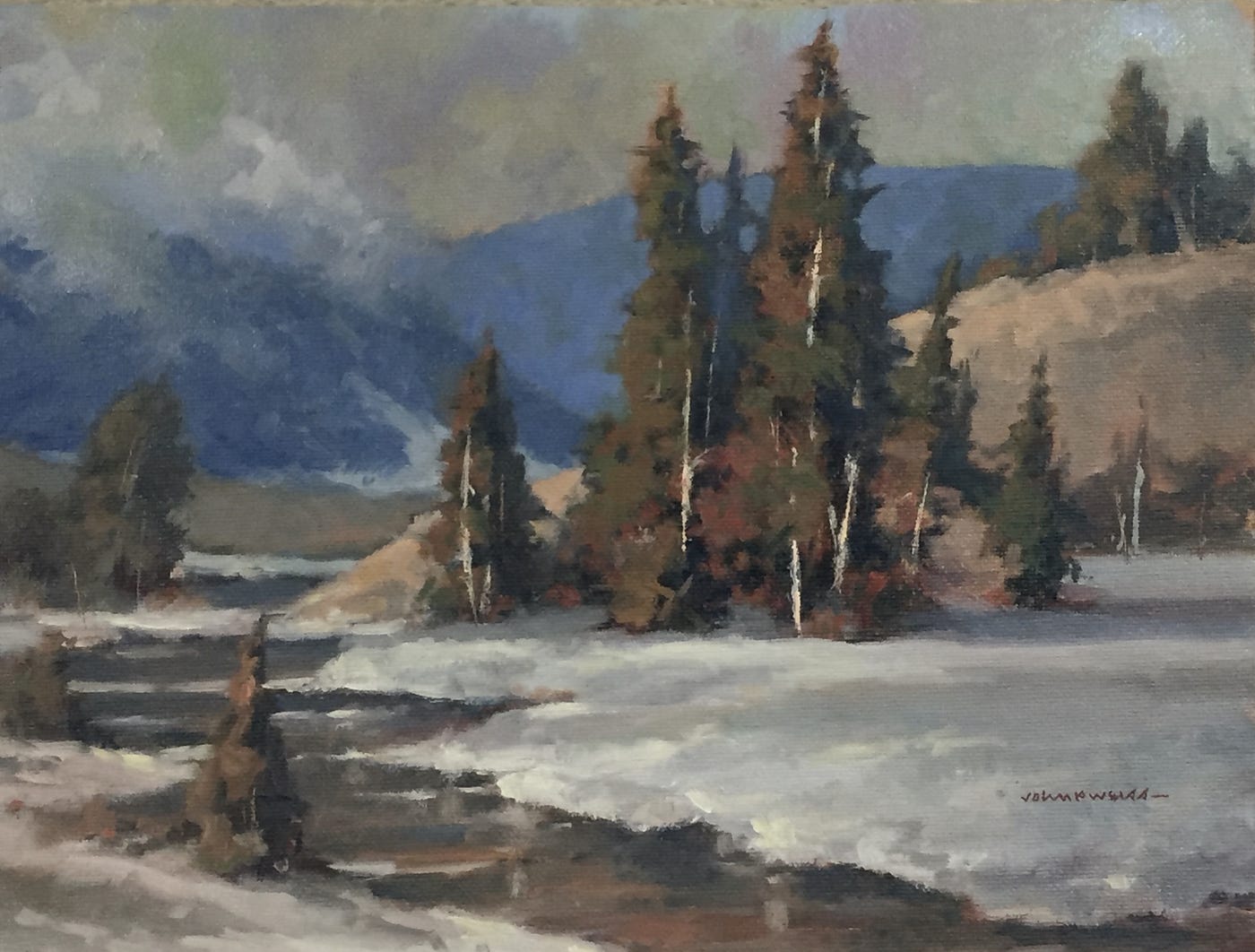
That trip led to more trips, including a week-long private salon with Christensen. I fell in love with landscape painting.
When out in the elements on location, time and stress melted away. I became a different person. I was no longer a frazzled police lieutenant, I was an artist absorbed in the moment.
“If you really want to escape the things that harass you, what you’re needing is not to be in a different place but to be a different person.”—Lucius Annaeus Seneca, ‘Letters from a Stoic’
Landscape painting, both on location and in the studio, became my creative practice. It helped me escape the pace of life and the stress of work.
It allowed me to slow down. Painting was like a loyal companion, to be counted on whenever I needed to escape and recharge.
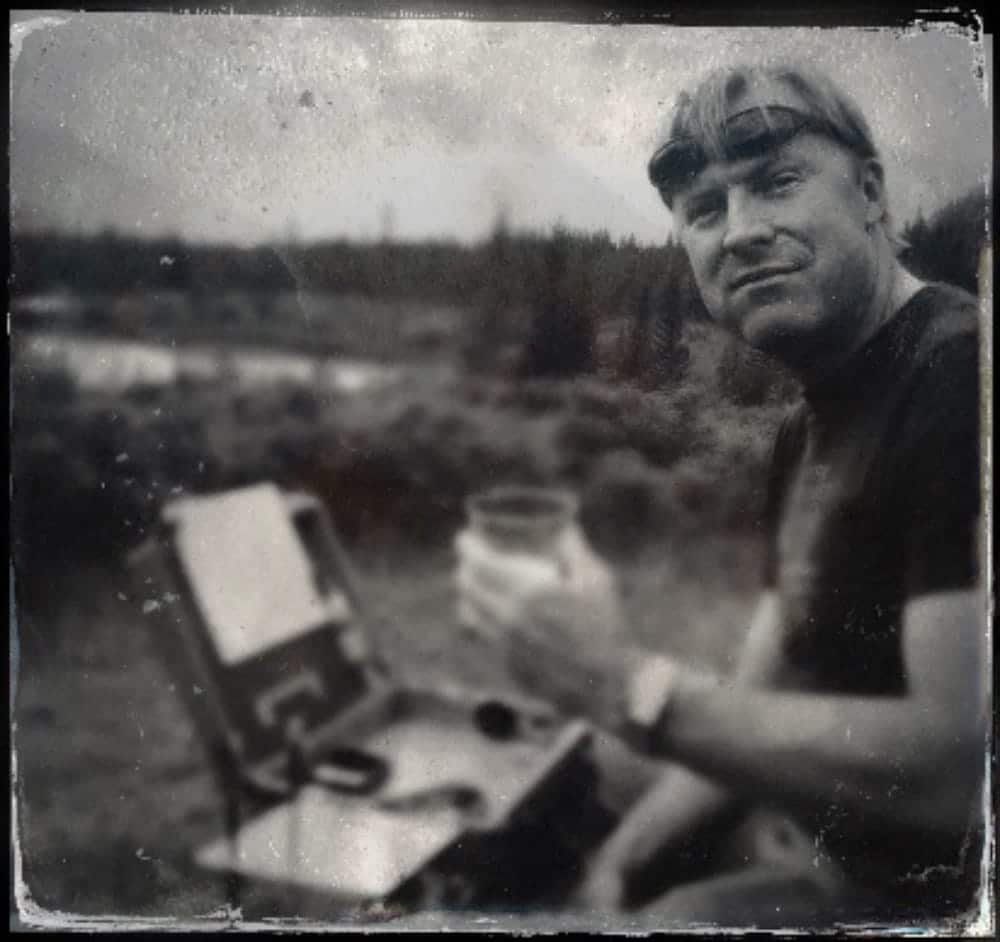
The psychic diseases of the twentieth century
If you’re exhausted by the pace of life, have you considered exploring or doubling down on a creative practice?
Most people have a hobby or passion they love. A creative practice that serves as their art. The problem is that they often fail to make it a priority in their life.
It’s understandable.
Everyone is busy these days. And when you’re juggling two jobs and raising kids, who has time to make art?
And yet we always seem to find time for other diversions that offer superficial sustenance. Distractions like television and social media.
Yes, sometimes we need a bit of mindless escape. But if we can make time for TV and YouTube videos, surely we can make time for a creative practice.
“Art is the means we have of undoing the damage of haste. It’s what everything else isn’t.”—Theodore Roethke, On Poetry and Craft: Selected Prose
Cutting out TV reruns and TikTok nonsense to spend more time with your creative practice is the antidote for today’s hasty living and shallow diversions. A creative practice feeds your need for artful expression and rewards you with a deep sense of fulfillment.
“Hastiness and superficiality are the psychic diseases of the twentieth century.”—Aleksandr I. Solzhenitsyn
My father was an Administrative Law Judge by day, and a bibliophile and weekend artist in his off time. He liked to paint in oils, and he crafted amazing replicas of Viennese buildings he admired.
Dad loved Austrian history and architecture, and crafting these architectural dioramas helped him escape from the haste and stress of life. The little buildings are over fifty years old and crumbling now, but I can’t bring myself to discard them.
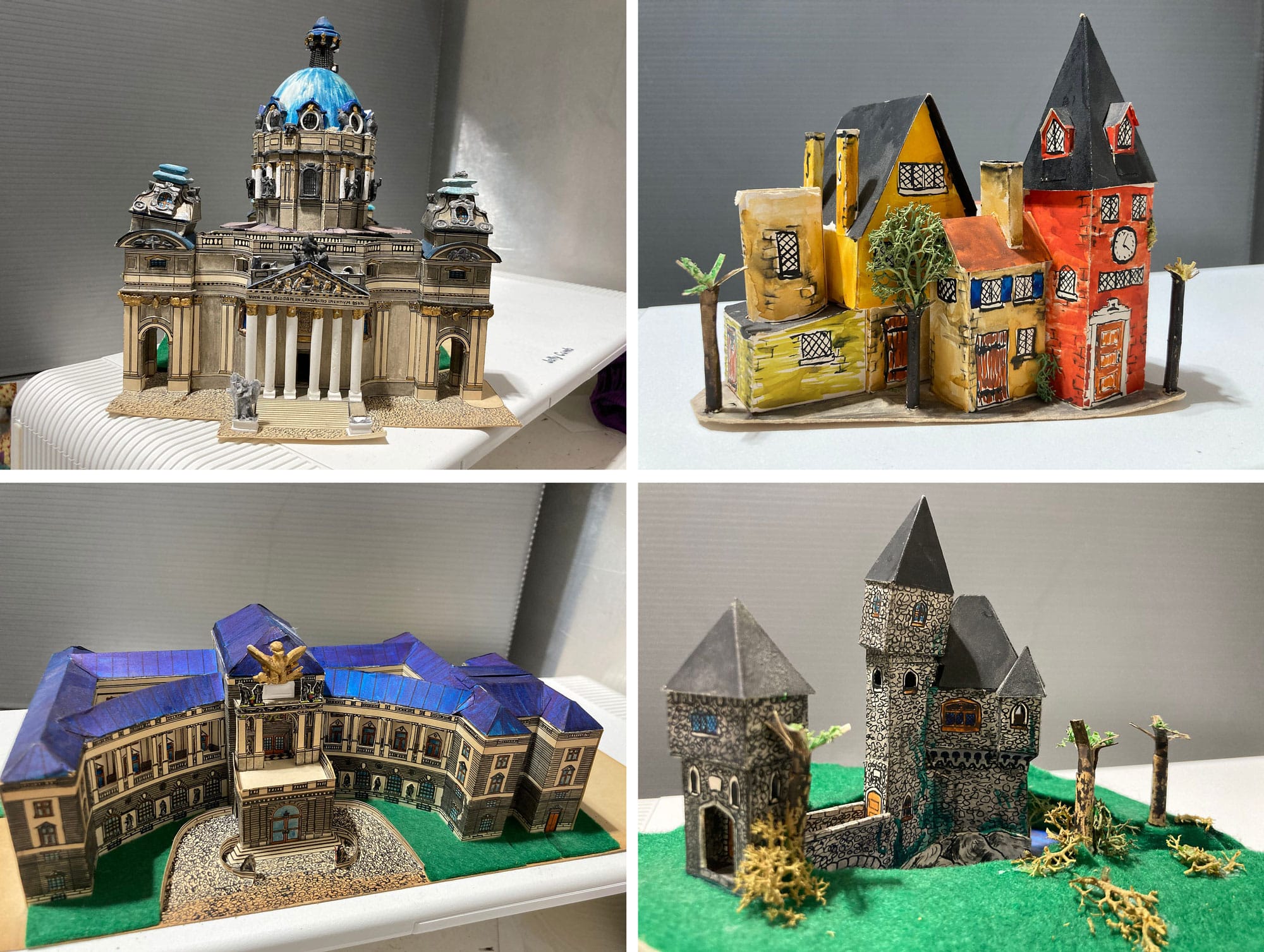
I keep Dad’s little model buildings in a cardboard box in my garage, and occasionally I pull them out. They remind me that we don’t always need to spend our time trying to get ahead or making a buck.
Sometimes the best thing we can do to slow down and feed our soul is to get lost in a creative practice.
The infinite attitude of your own riotous mind
People are often uncomfortable with quiet.
We’ve become conditioned to surrounding ourselves with noise, blinking screens, and endless entertainment. We think we’re unwinding when we switch on YouTube or the TV, with its incessant commercials and talking heads.
But all we’re doing is anesthetizing ourselves.
“The unusual thing about quiet is that when you seek it, it is almost impossible to achieve. When you strive for quiet, you become impatient, and impatience is itself a noiseless noise. You can block every superficial sound, but, with each new layer extinguished, a next rises up, finer and more entrapping, until you arrive at last in the infinite attitude of your own riotous mind. Inside is where all the memories last like wells, and the unspoken wishes like golden buds, and the pain that you keep, lingering and implicit, staying inside, nesting inside, articulating, articulating, through to the day you die.”—Hilary Thayer Hamann, Anthropology of an American Girl
If you truly want to undo the damage of haste and escape life’s crazy pace, find yourself a creative practice. It’s the best way to reintroduce yourself to the restorative power of quiet.
Some of you already know what you love to do.
You just need to make it a bigger priority in your life. For others, you might have to experiment and try new things to discover what your creative practice will be.
Also, over time, your creative passion might change. Or you might have more than one. For example, while I still enjoy landscape painting, I also discovered the joys of writing and artful photography.
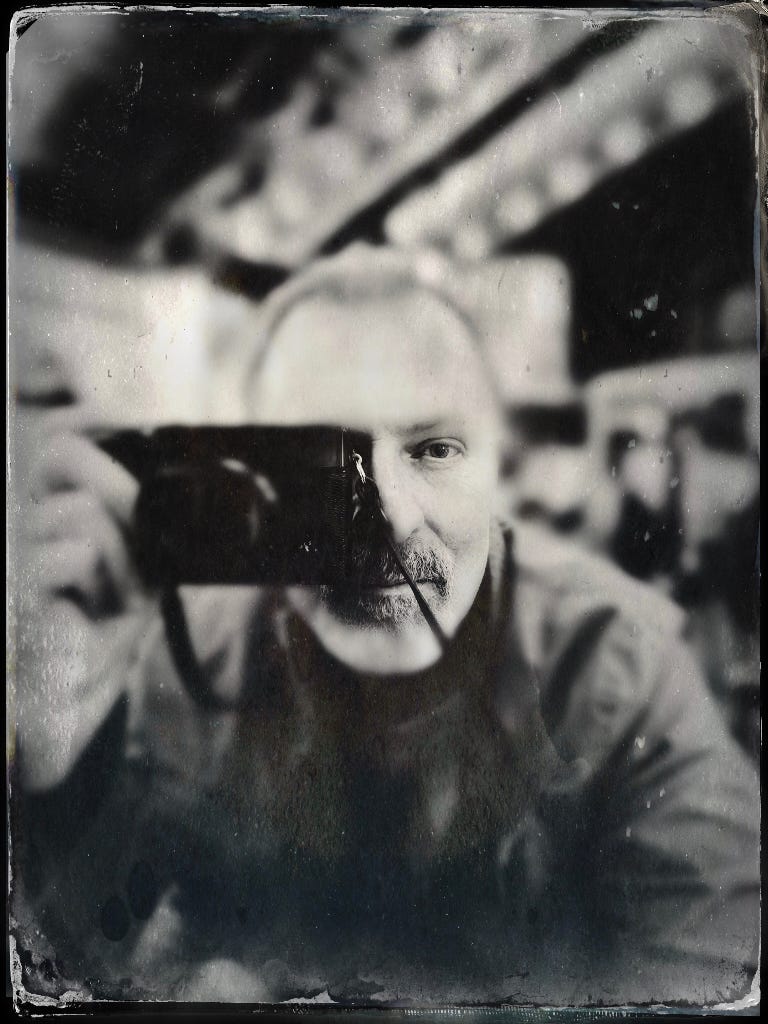
Once you immerse yourself in a creative practice, your riotous mind will yield to a blessed peacefulness.
When I’m out landscape painting or shooting street photography, I lose track of time and forget about all my worries. Life slows down. I smile more.
I bet my Dad felt the same way when he was constructing his architectural dioramas. I’ll bet you’ll discover the same joy if you choose to pursue a creative practice.
If you want to undo the damage of haste, embrace a creative practice. Set aside the superficial stuff, and feed your soul with an artful escape that will bring deeper meaning and serenity into your life.
Your creative practice just might set you free.


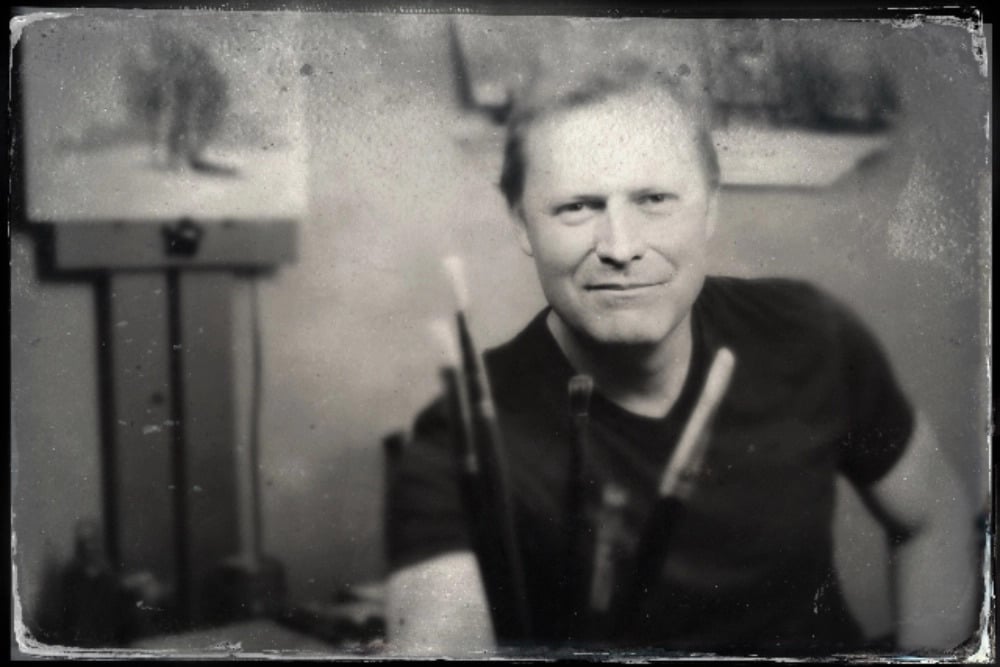

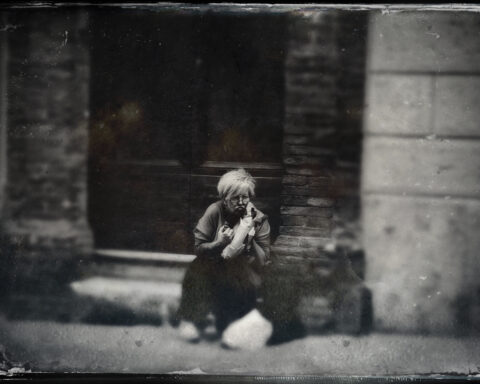

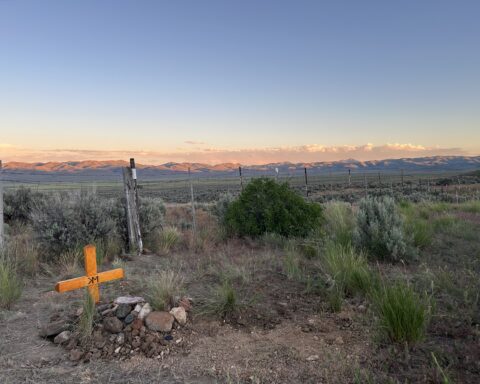
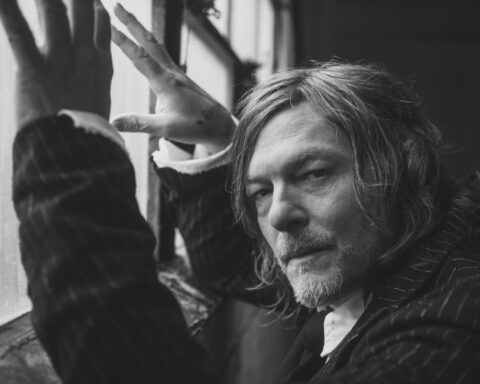
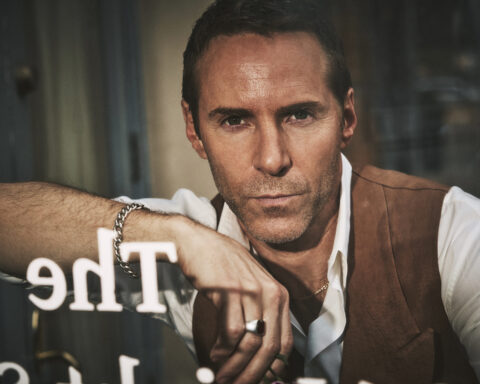

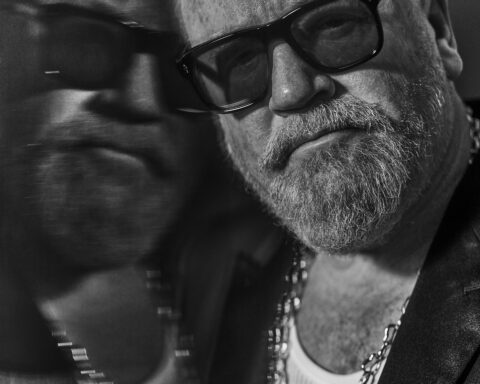

A great article on the art of slowing down. We are super saturated with information, filtering out what’s urgent and what’s not, often distracted by the mundane and the unnecessary, we struggle to mentally ‘defragment; our brains. Writing ‘morning pages’ as recommended by Julia Cameron in her seminal book The Artist’s Way for me, often helps dump the junk out and allows me to think clearly and creatively… A practice I do with fits and starts, to be honest. For me, it’s photography – looking through the viewfinder is like poetry; a dream; an escape…
All the best guys and keep ’em coming!